Cactus Store Collective: Happy Plants, Happy Life
|Henry Levinson
Mankind often overlooks it shares planet Earth with plantkind. We as a species are just one part of a massive, interconnected life form that, lest we forget, will continue living long past the age of humanity. Cactus Store, a plant-owned, human-operated collective focuses on improving relations between all forms of life. But time is ticking away. Our planet is getting hotter, our seas are filled with plastics. Can humans get their act together before the world ends in 2063?
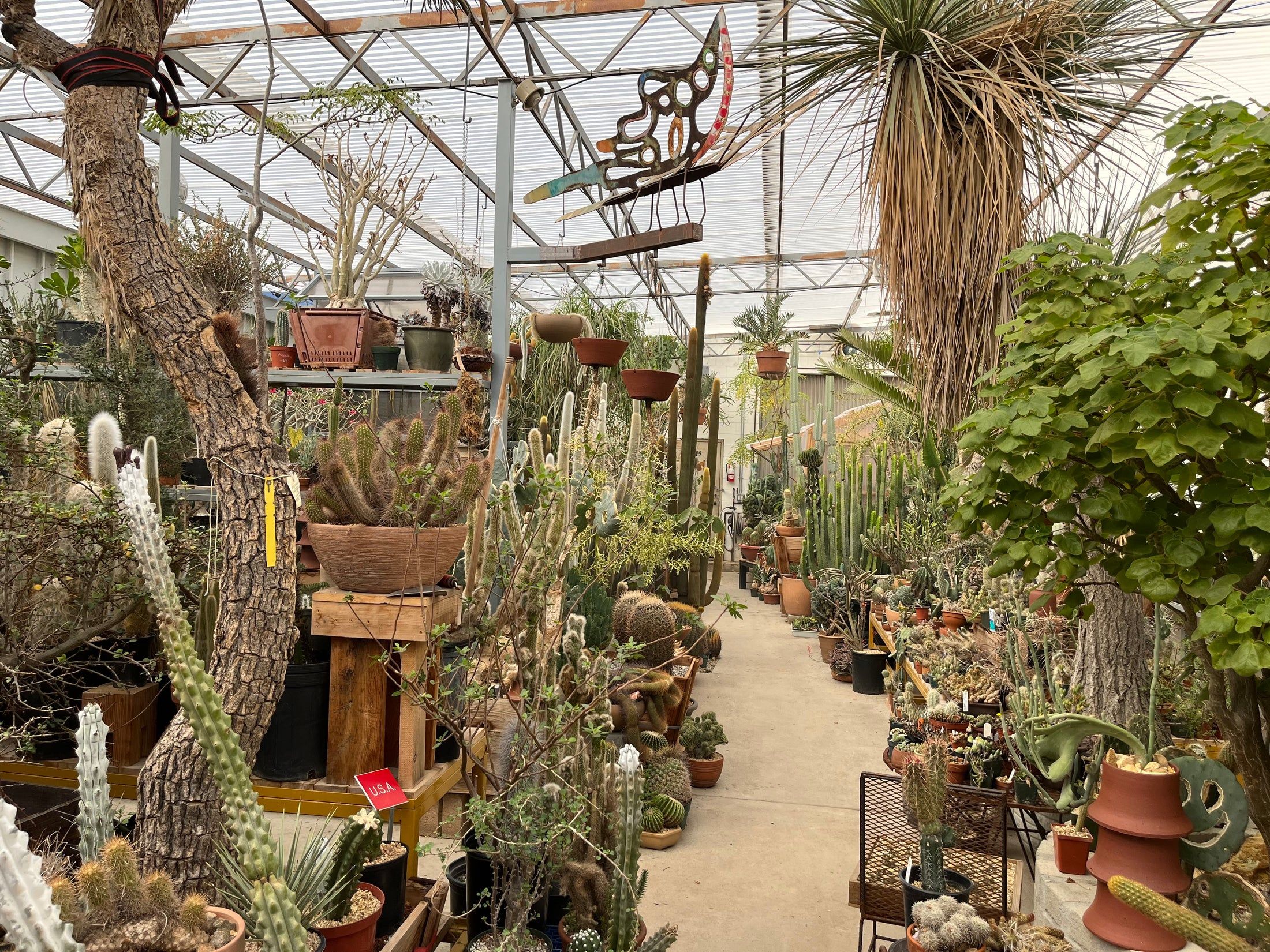
Henry Levinson: How would you describe what Cactus Store is doing?
Cactus Store: We’re a botanically-minded creative studio. We work in the cracks between disciplines on projects that seek to broker more conscious and embodied relationships between human and plant beings. This takes many forms; from designing garden spaces & furniture, to crafting garments for the foliar-inclined, to our book Xerophile: Cactus Photographs from Expeditions of The Obsessed, and we’re even working on a nature show (stay tuned), all of it centered on this plant/human relationship.
HL: What are your backgrounds, what lead you to the business and lifestyle you’ve, for lack of a better word, cultivated today?
CS: The whole group that makes up Cactus Store hail from a spectrum of disciplines: art, design and design direction, photography, writing, education, landscape design and architecture, plant conservation, and habitat restoration.
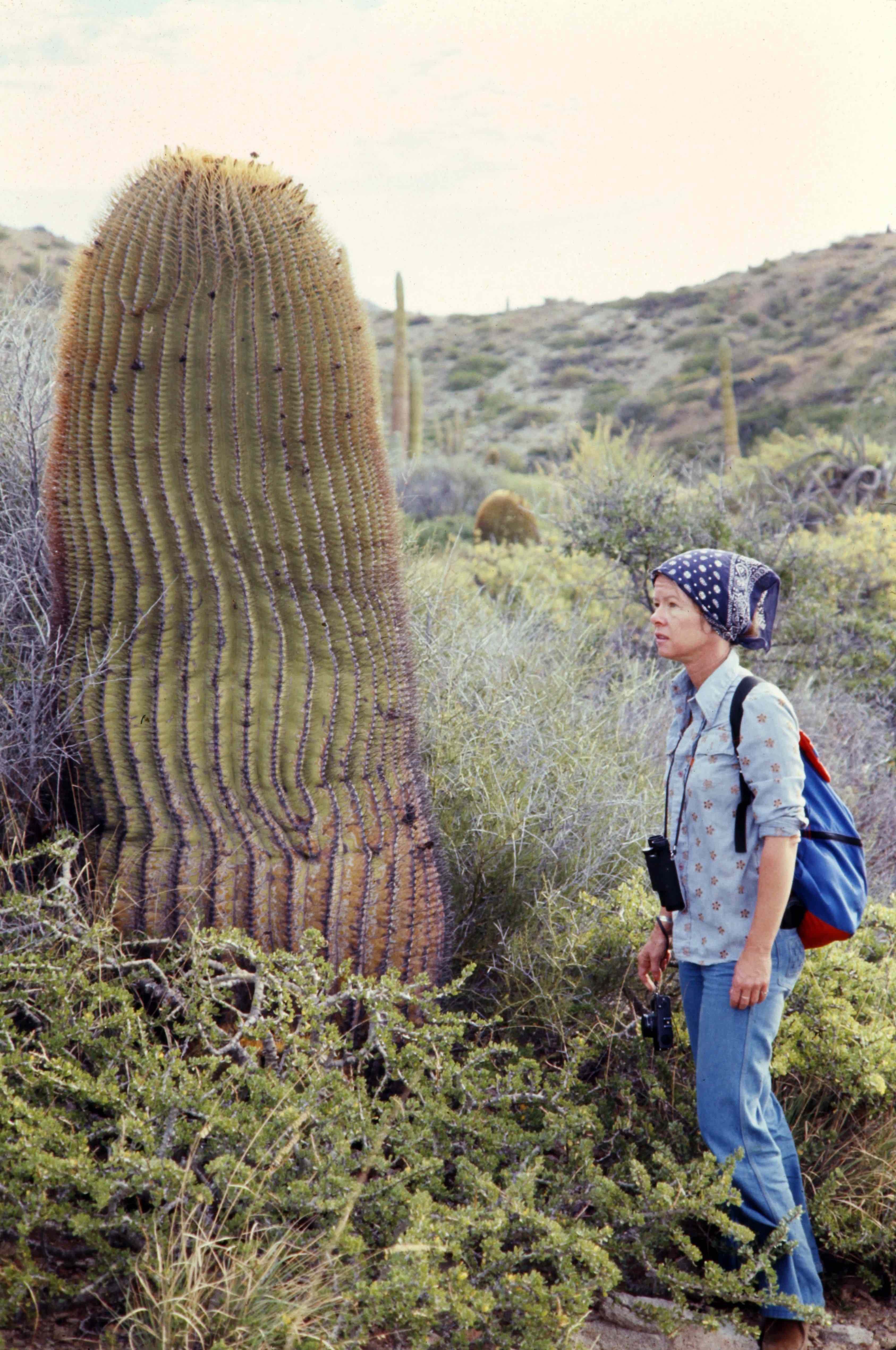
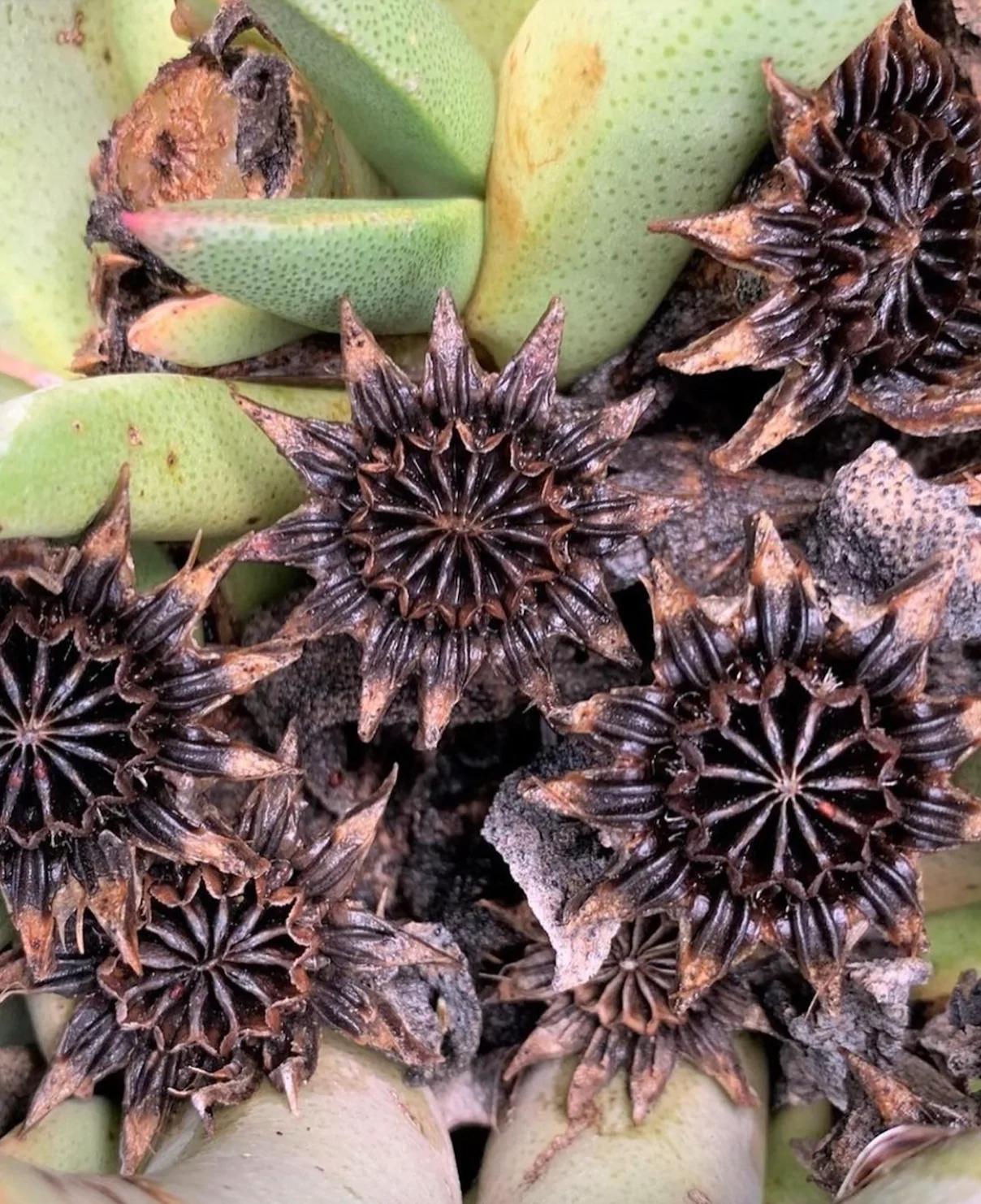
HL: How did you get into the protection, collection and archiving of rare plants specifically?
CS: Around the time that we opened our first store, we were contacted about a plant collection in a neighboring county that belonged to a plumber who, having fallen terminally ill, was no longer able to care for his plants. When we arrived to his non-descript property in suburban Anaheim, we found a series of cobbled-together backyard greenhouses that comprised some of the rarest desert plants on Earth. It quickly became obvious to us that unless this collection were purchased in its entirety, it would be sold off piecemeal, and its significance would be lost.
Since then, we’ve acquired several similar collections from folks who had grown too old to care for their plants, all of which today reside in a greenhouse outside of our studio warehouse in Los Angeles. We call it our plant orphans greenhouse. None of the plants in this collection are for sale. We simply look after them, water them, pollinate their flowers, and propagate their seeds, giving them the care and attention that they deserve.
HL: Although your work doesn’t exclusively focus on xerophytes, what is it about these types of plants that particularly grab your attention?
CS: I don’t think it’s just us. People seem drawn to plants that hail from places that are unfriendly to humans, whether it’s crusty old cactus living in Earth’s driest desert, the parched Atacama, or bizarro orchids from the Darien Jungle, an eco-region so impregnable, that more people have survived summiting Everest than have survived crossing the Darien.
HL: Was there a genesis moment for Cactus Store as a concept?
CS: Some variety of psychic conscription has definitely taken place, though it's hard to say exactly how or when this happened. Plants have been manipulating animals to do their bidding for hundreds of millions of years. Perhaps we inhaled a spore somewhere along the way, or a plant pheromone.
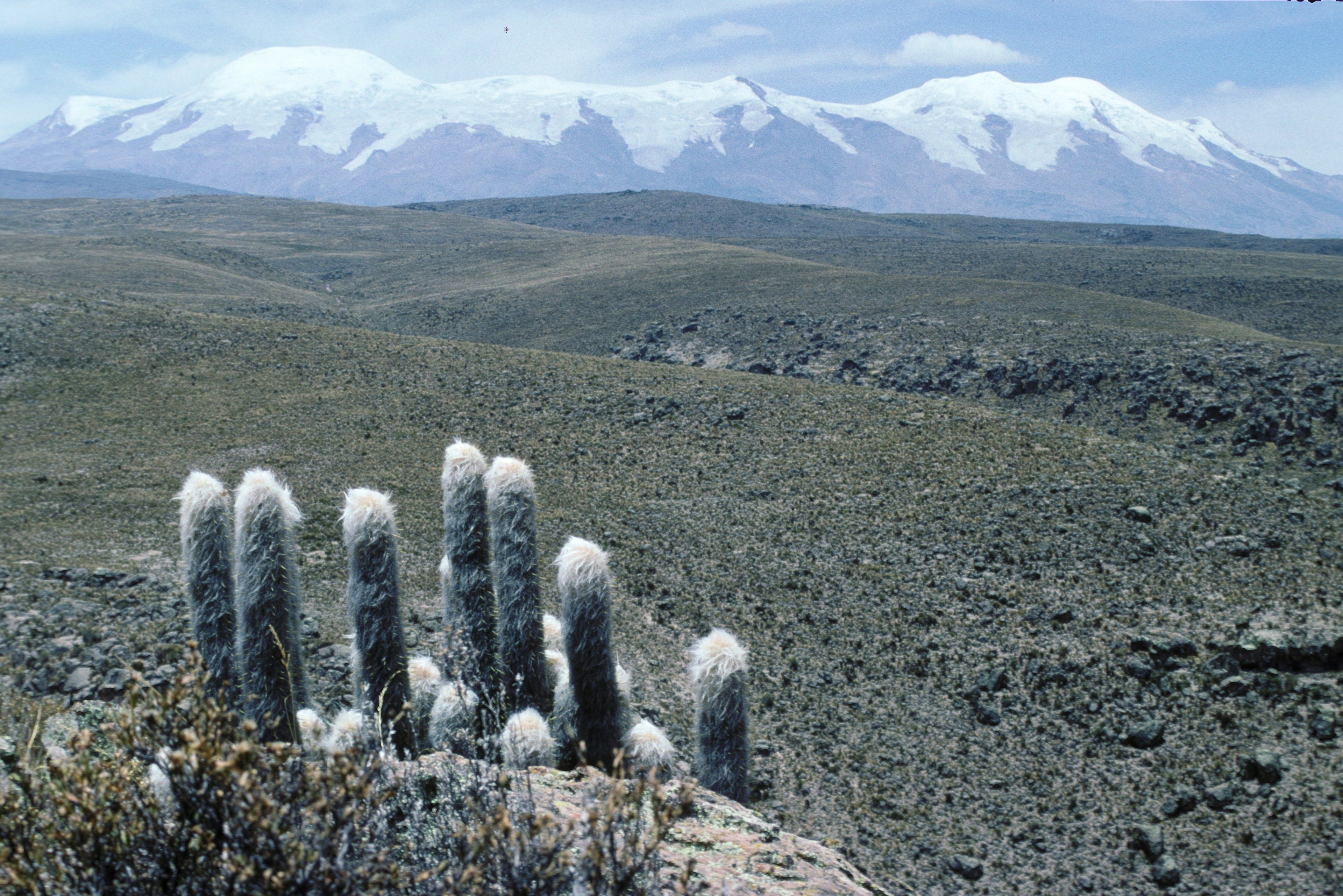
HL: How has your work evolved alongside the increasingly popular and ever-dynamic ‘plant-parent’ culture?
CS: When we started, we were little more than a specialty nursery for plant nerds, an insanely niche community at the time. As plant collecting gained in popularity, it seemed people were seeking them out as ornamental design objects and realized that it was our job not just to sell them but to tell their stories and to show people how to coexist with them as lifeforms.
For example, our book shows how these plants live in the context of their natural settings from the viewpoint of a handful of photographers over the course of 80 years. Because many of these habitats no longer exist, and the plants themselves are critically endangered, photos like these are becoming valuable documents of our rapidly changing world. Another example is our fertilizer. When we realized there were no good xeric fertilizers on the market, we decided to bottle our own. Happy plants, happy life.
Another example is when we spent the better part of a year researching soil science and testing different xeric soil recipes to make and sell a technical soil that, among other things, contains beneficial mycorrhizal fungi and other constituents that make it a suitable habitat for roots and beneficial microorganisms that live in symbiosis with them. To my knowledge, nobody else has made a living xeric soil that takes microbiota into consideration (hopefully that’ll change). We’ve given and hosted lectures. We design apparel to wear while working in the garden, garments that are a strange hybrid of well-designed, ethically made, functional, and at times, educational (of all things). And the big project in our studio at the moment is a nature show that we’ve been cooking up with the wonderful folks at A24. It’s about, you guessed it, plants, but it’s a very new take on this very old story.
HL: Would you say that the relationship between humans and plants has changed since you got into this business, be that for the better or worse?
CS: We’d like to think that people are becoming more eco-conscious.
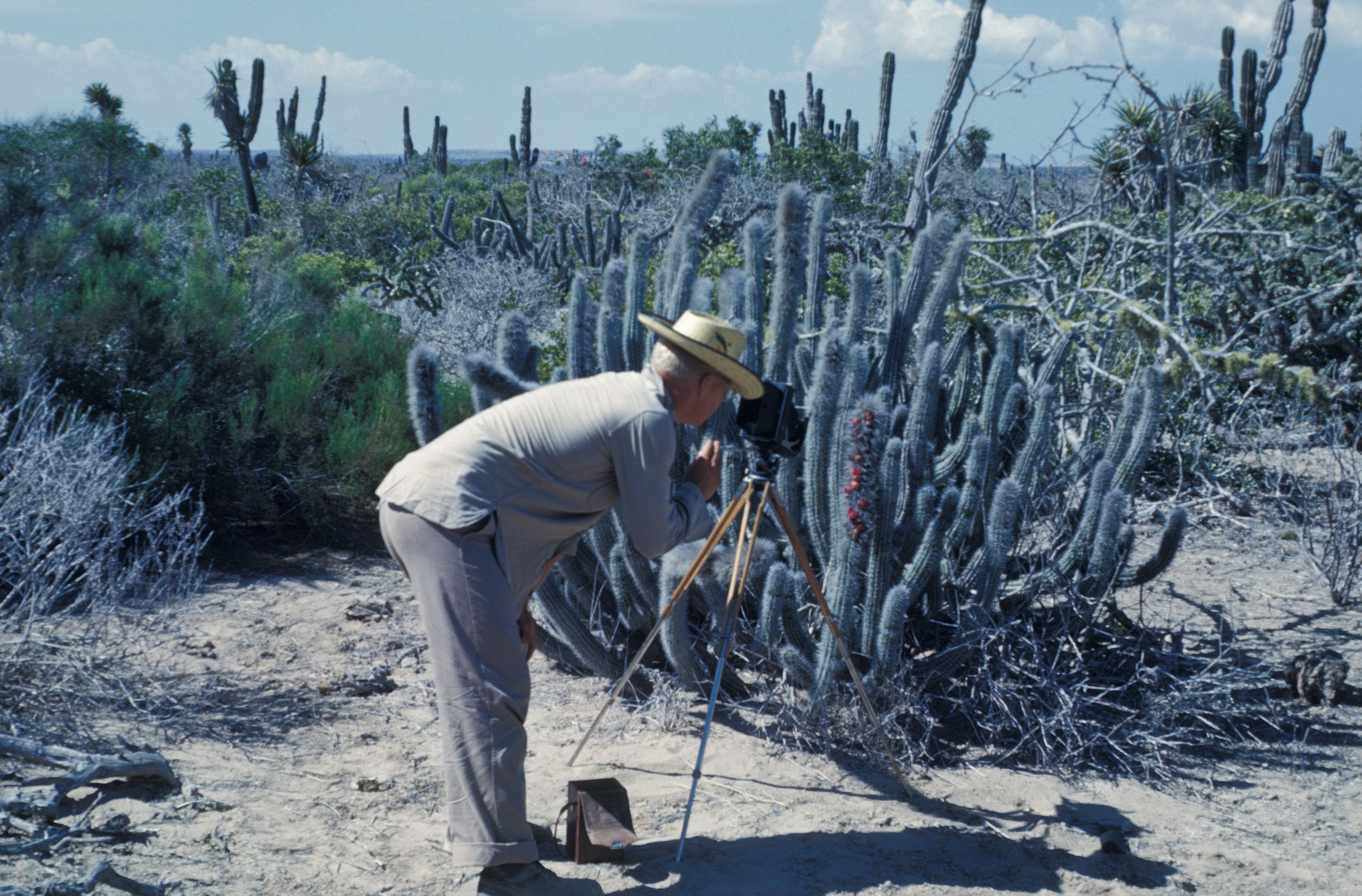
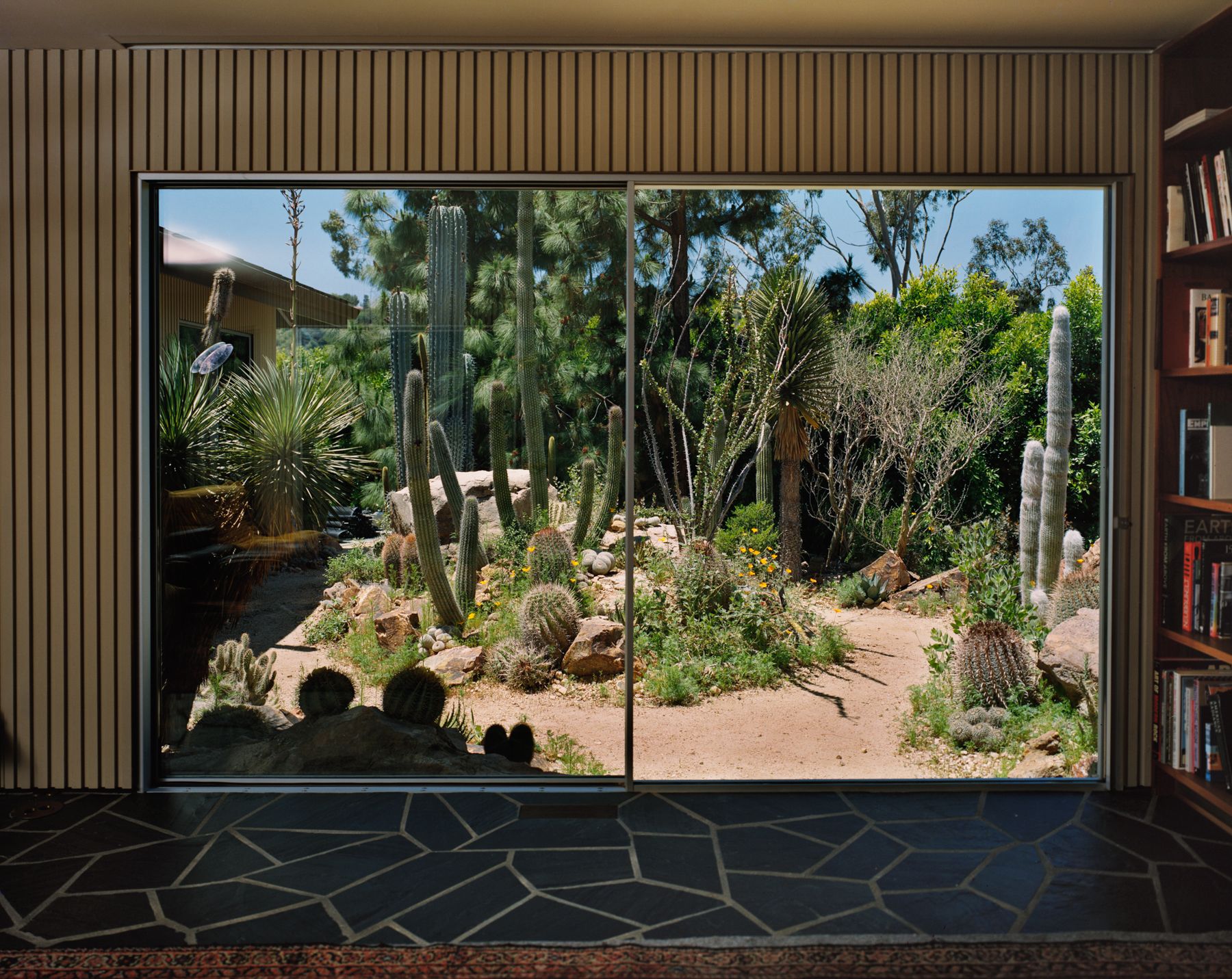
HL: What are your views on the near future? Climate change has never felt more apparent, do you think there are opportunities for us to reposition our interactions with the planet alongside a growing movement of plant-enthusiasm?
CS: Eco literacy is more important than ever. We live in a world where young people are taught that it is up to them to lower the temperature by three degrees before 2030 or that it’s their job to save reefs or to prevent extinctions. These issues are so vast. Humans just aren’t made to deal with problems at this scale. Yes, things are fucked, and it’s really sad. There’s no way to candy coat that, but there are better ways to paint our home than as a sickly precarious thing and better ways to portray ourselves than as a primarily destructive force. In the end, despite our faults, we’re pretty interesting creatures capable of amazing things, and despite global warming, habitat loss, and extinction, our planet is insanely powerful, and the life process continues.
With these thoughts very much top-of-mind, 2 years ago we made a game called EARTHWORM. It deals head-on with the notion of “being a citizen of a dying world.” It’s a card deck that comprises 52 cards, meant to be played over the course of a year, one card for each week. Some of them are thought experiments, while others are actionable things that you can do. EARTHWORM definitely won’t save the world, but it will make you a better citizen of this amazing place. A human with an ecological perspective.
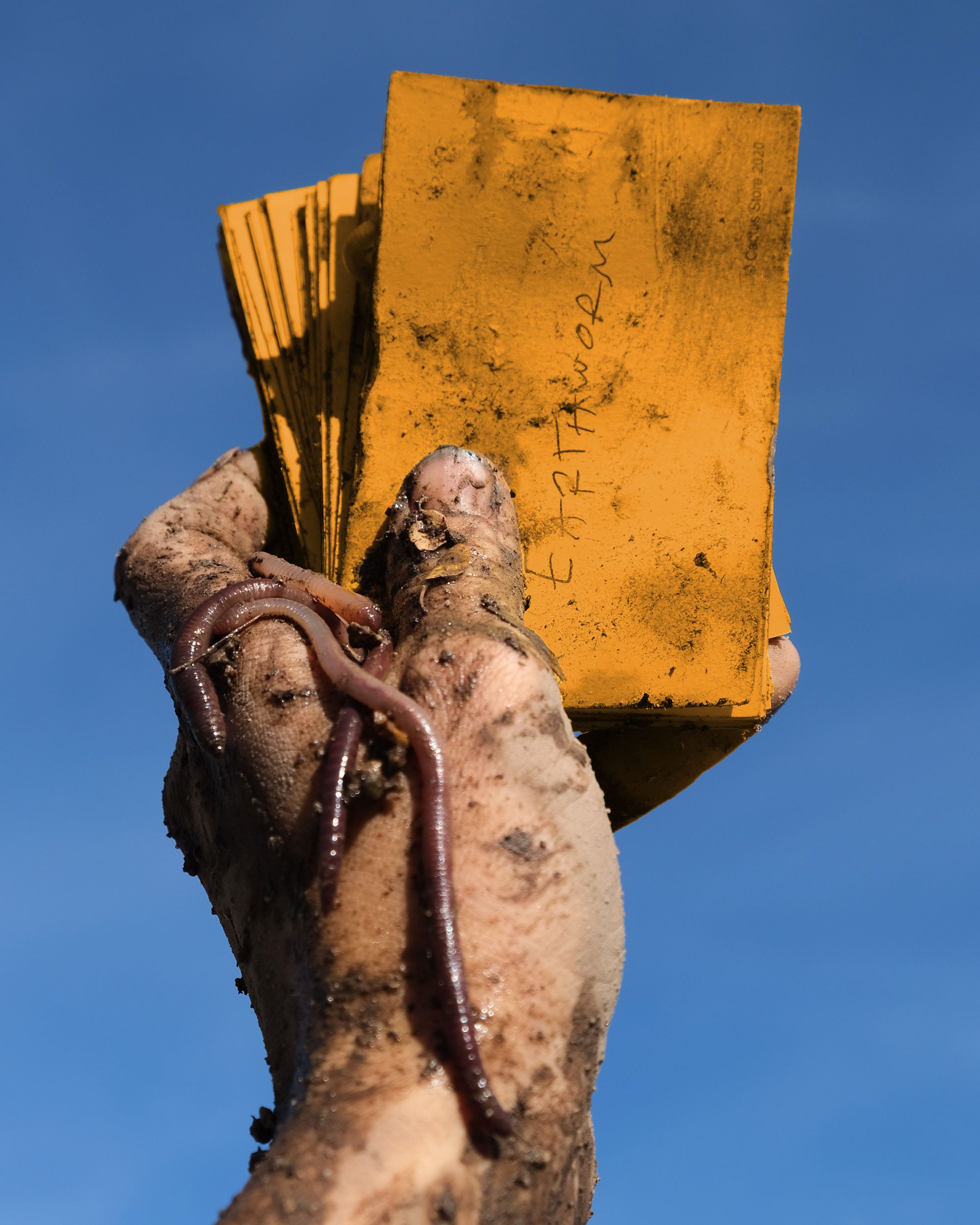
HL: Where do you see yourselves in the effort to deconstruct organic hierarchies between humans and plants?
CS: Sad to say, I don't see those hierarchies collapsing anytime soon.
HL: How do you use objects (clothing, pottery, books, cards, greenhouses) as tools to further your mission?
CS: Art and nature are related in mysterious ways that we don’t understand. Goethe spoke to this far more eloquently than we can.
“People forget that science developed from poetry, and they fail to take into consideration that a swing of the pendulum might beneficently unite the two at a higher level, and to mutual advantage.”
-Johann Wolfgang von Goethe
Credits
- Interview: Henry Levinson
Related Content
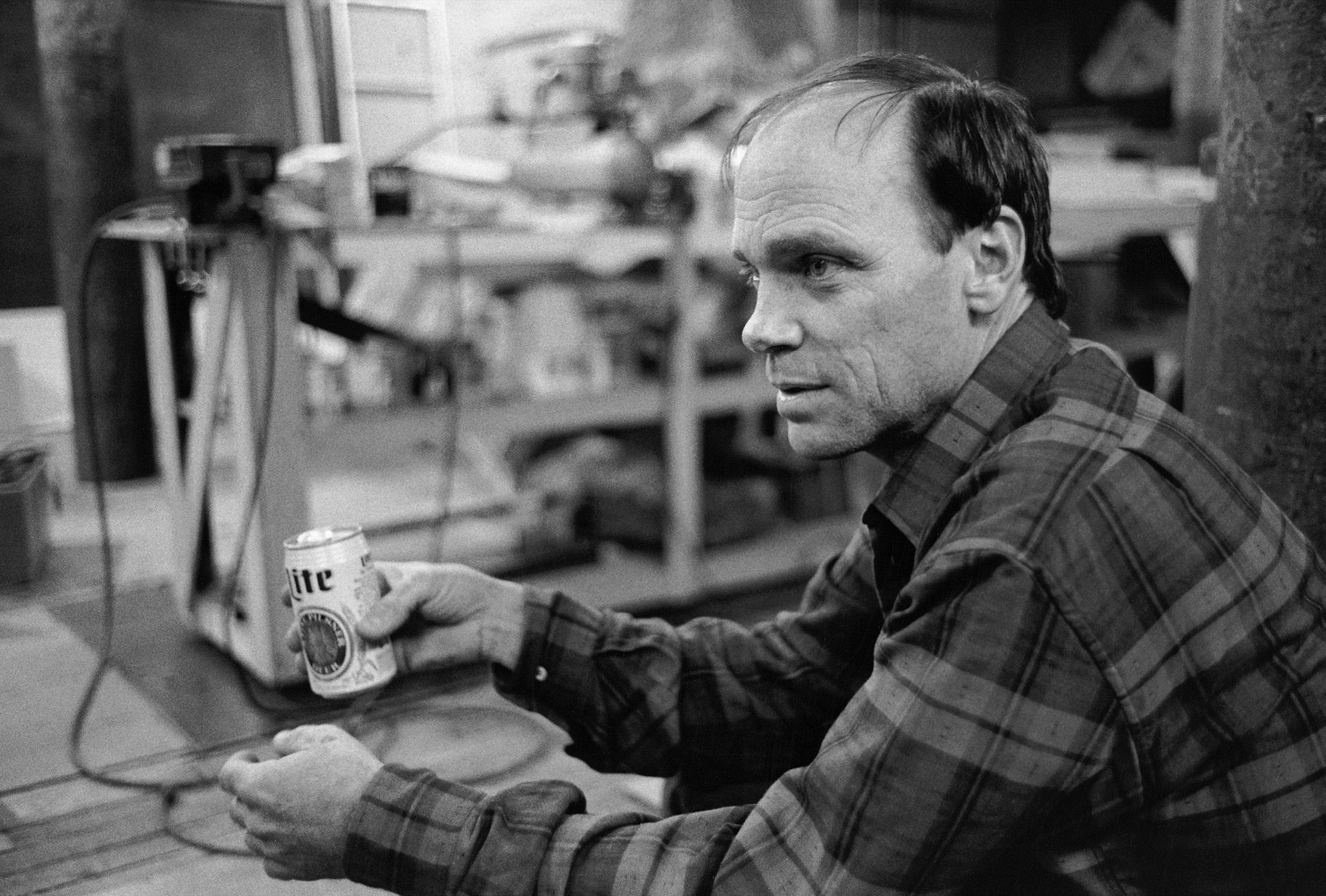
MICHAEL HEIZER: Desert City
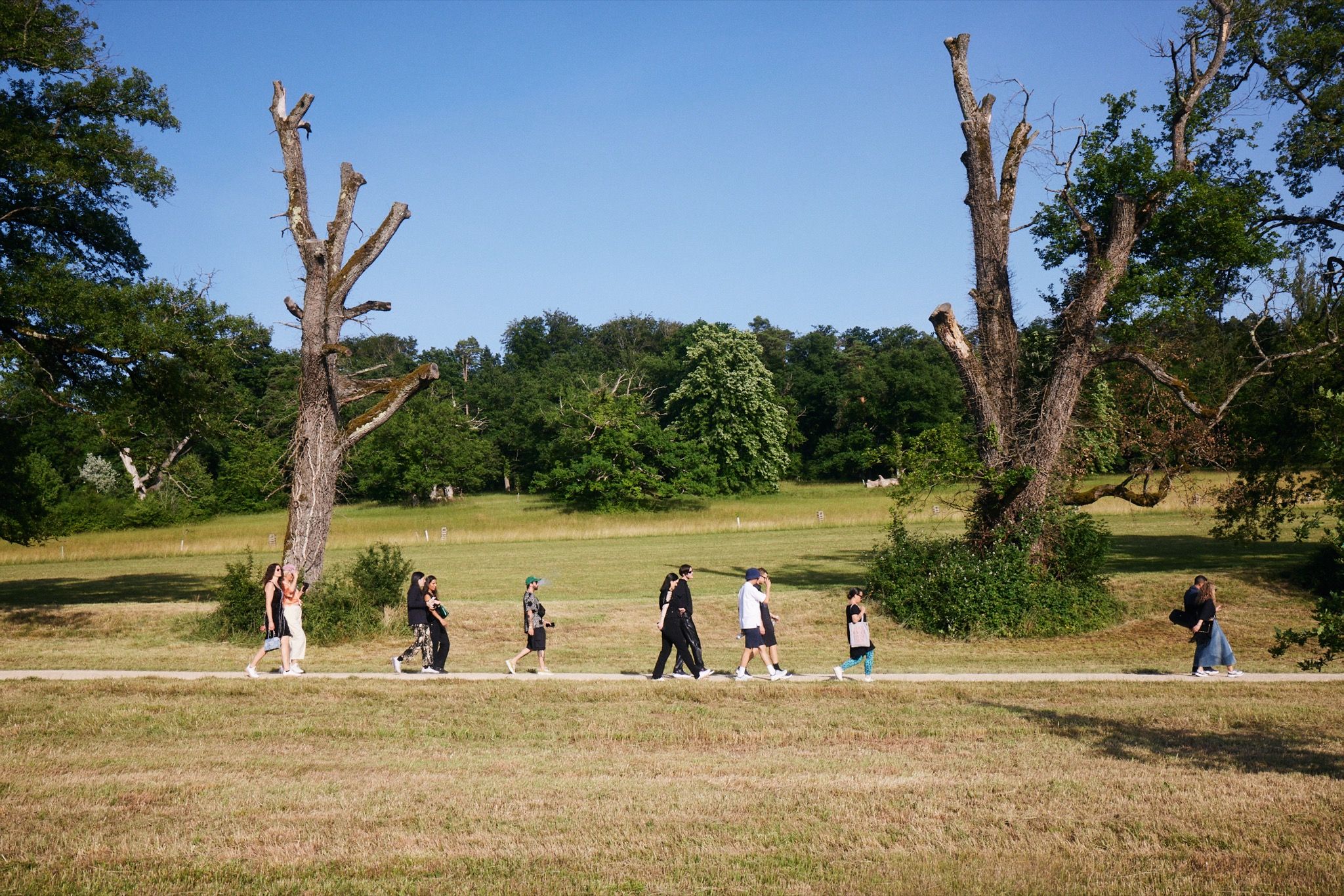
Creativity in Motion: On Walks of Life
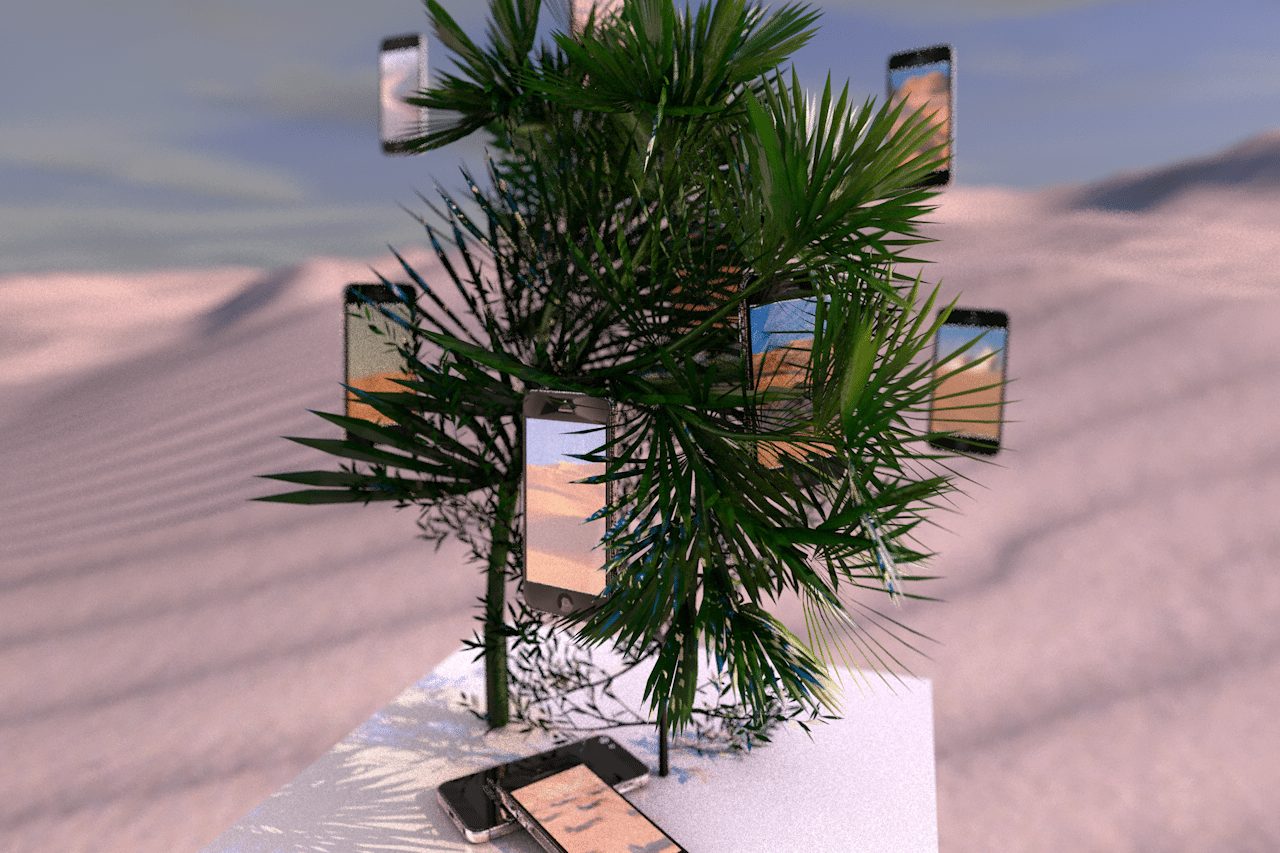
Land Rovers and Concealed Footprints: A Meditation on Desert Aesthetics
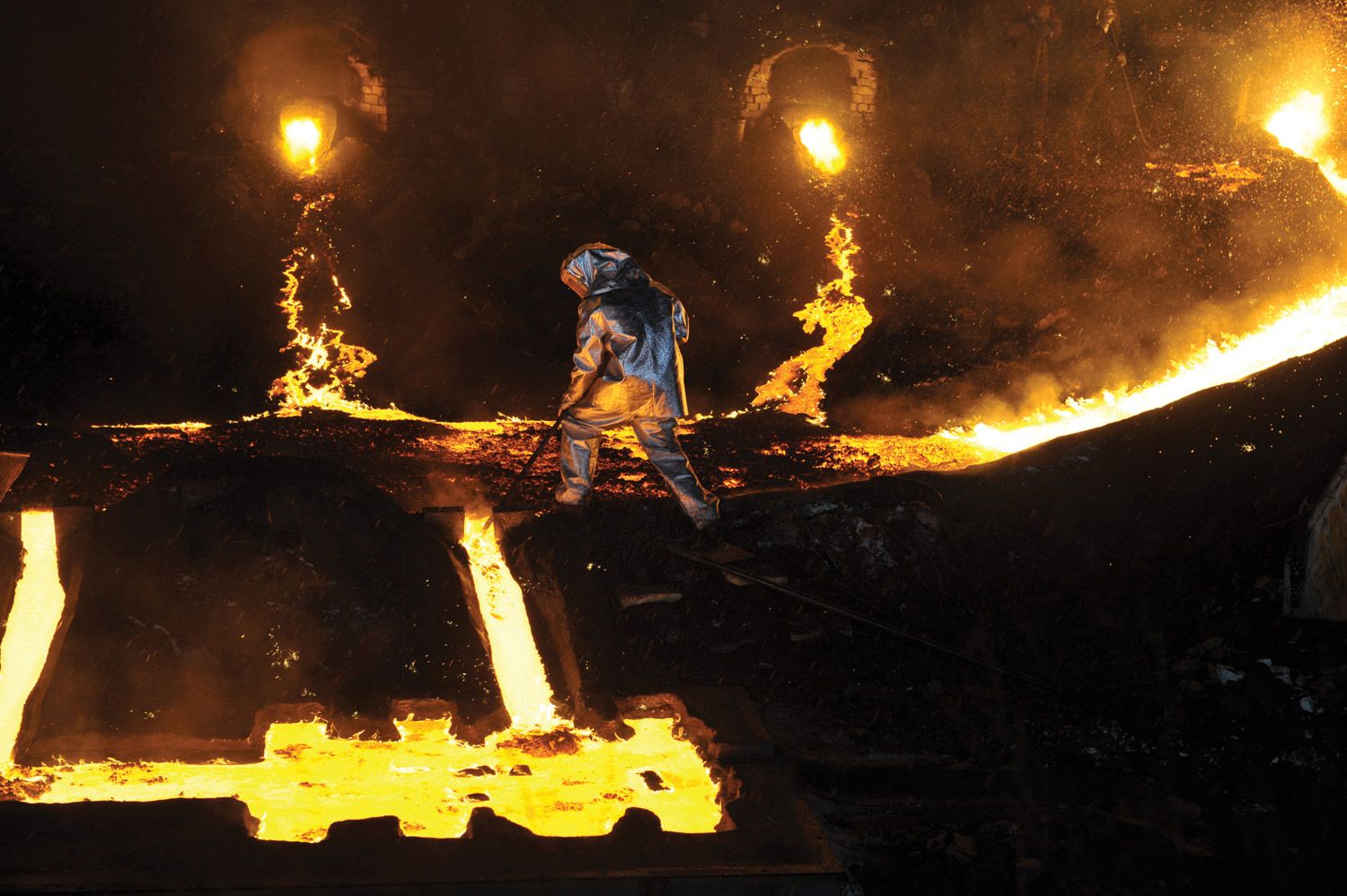
MATTHEW BARNEY’s Spiritualism of Death and Rebirth
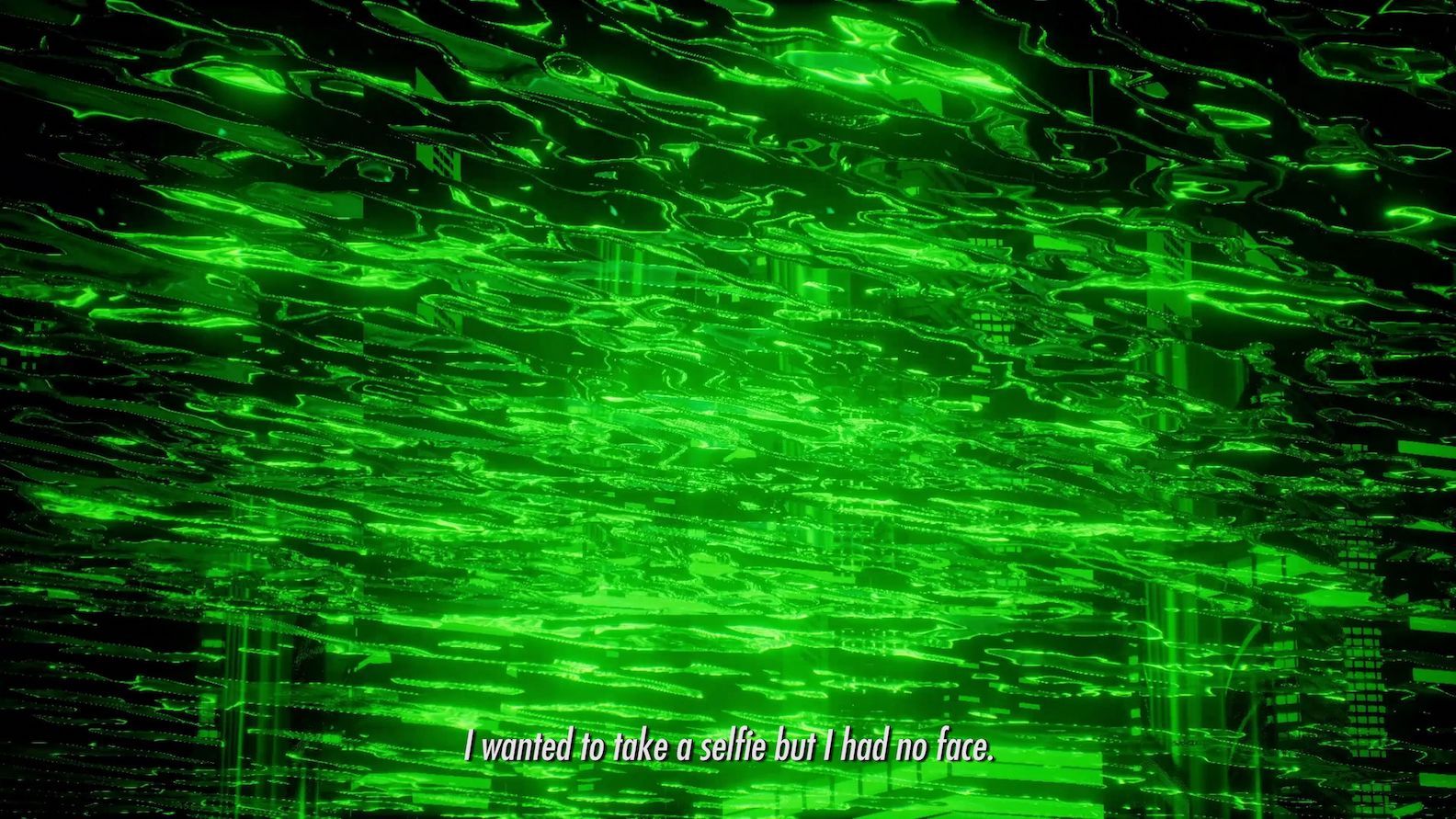
THE COMING WORLD: Ecology as the New Politics 2030 – 2100

BLACK HOLE CATALOG, Part 1: Welcome to the New Interior
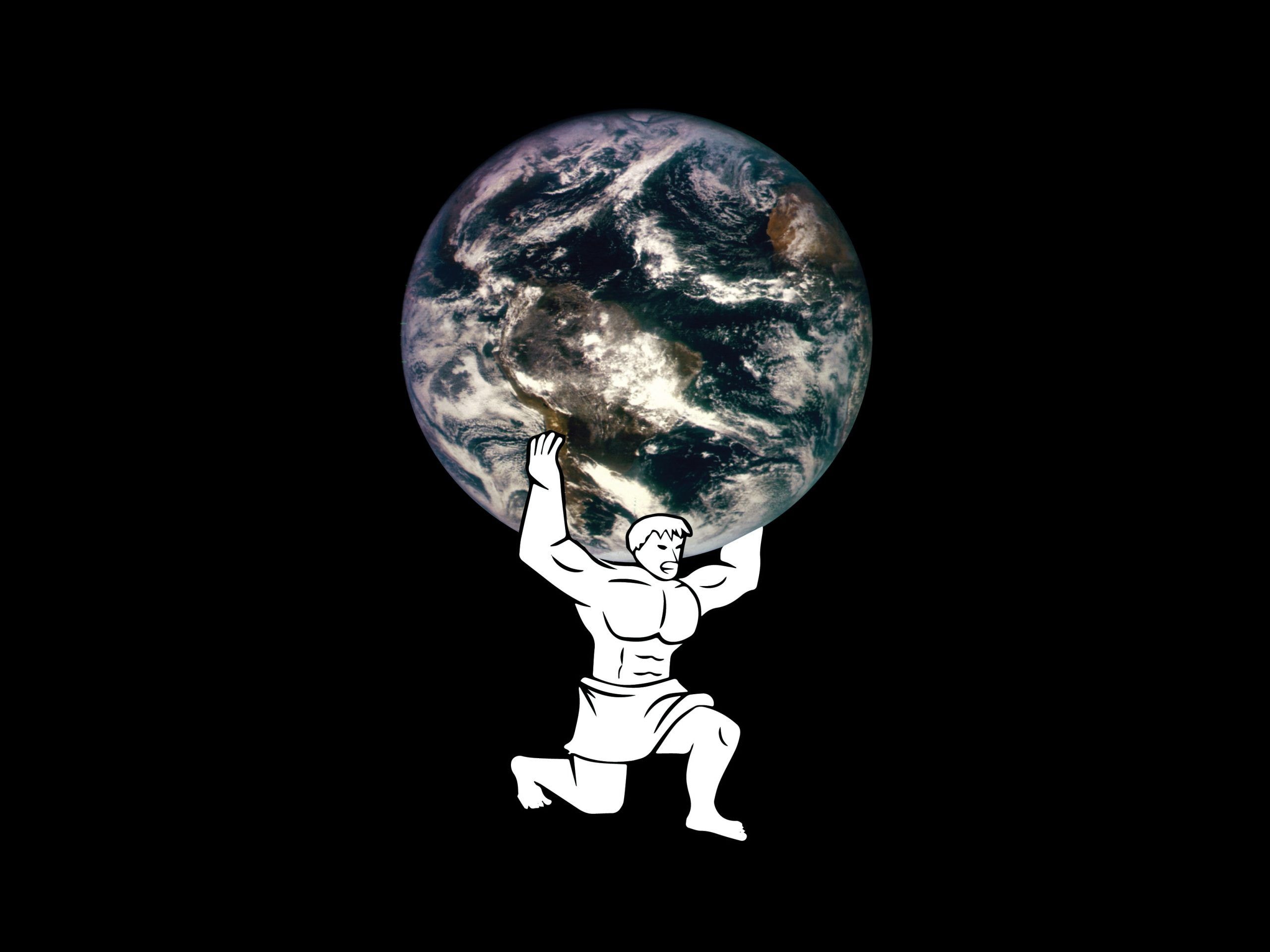
BLACK HOLE CATALOG, Part 2: Prologue
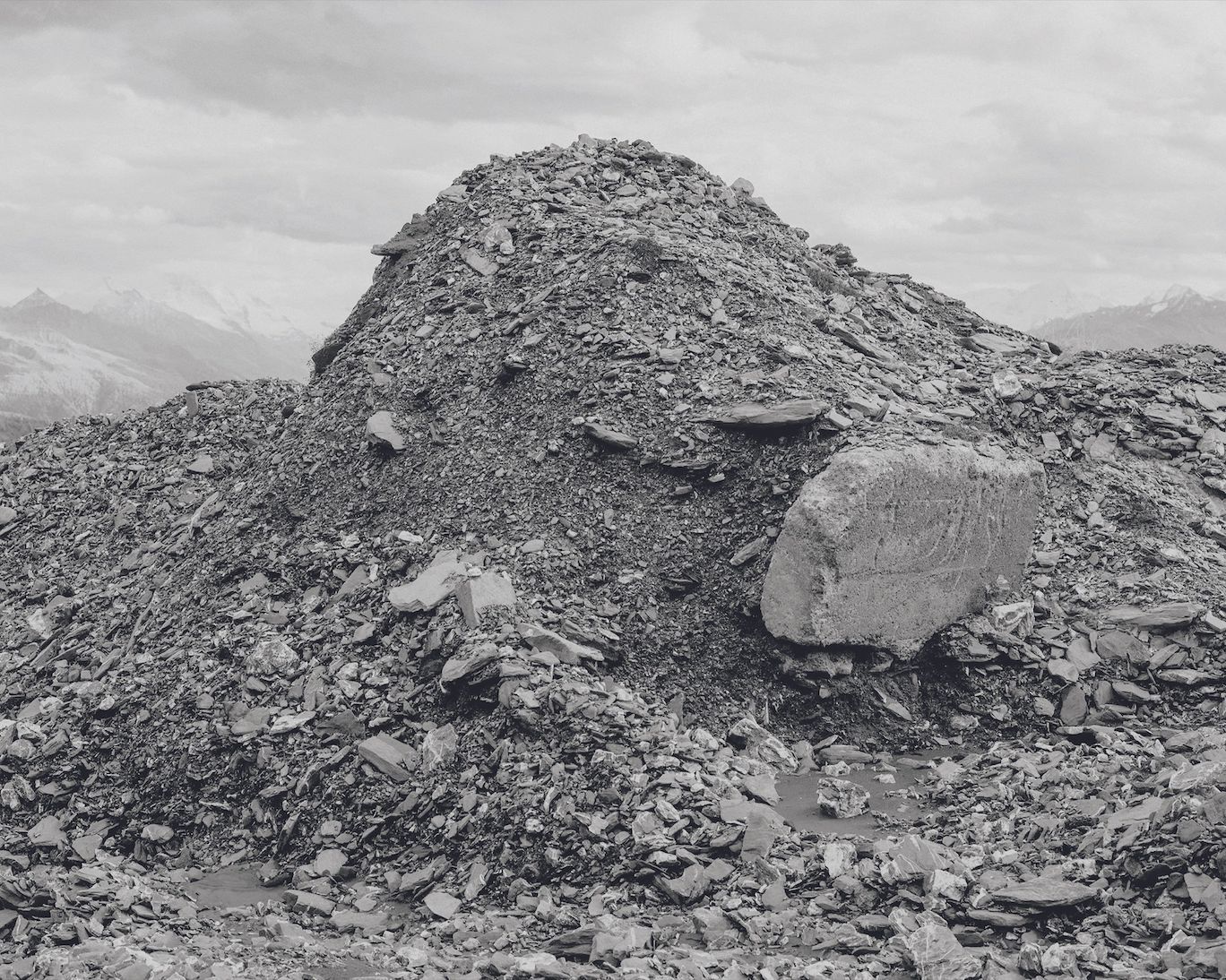
BENOÎT JEANNET’s index of the Earth explains why we love rocks